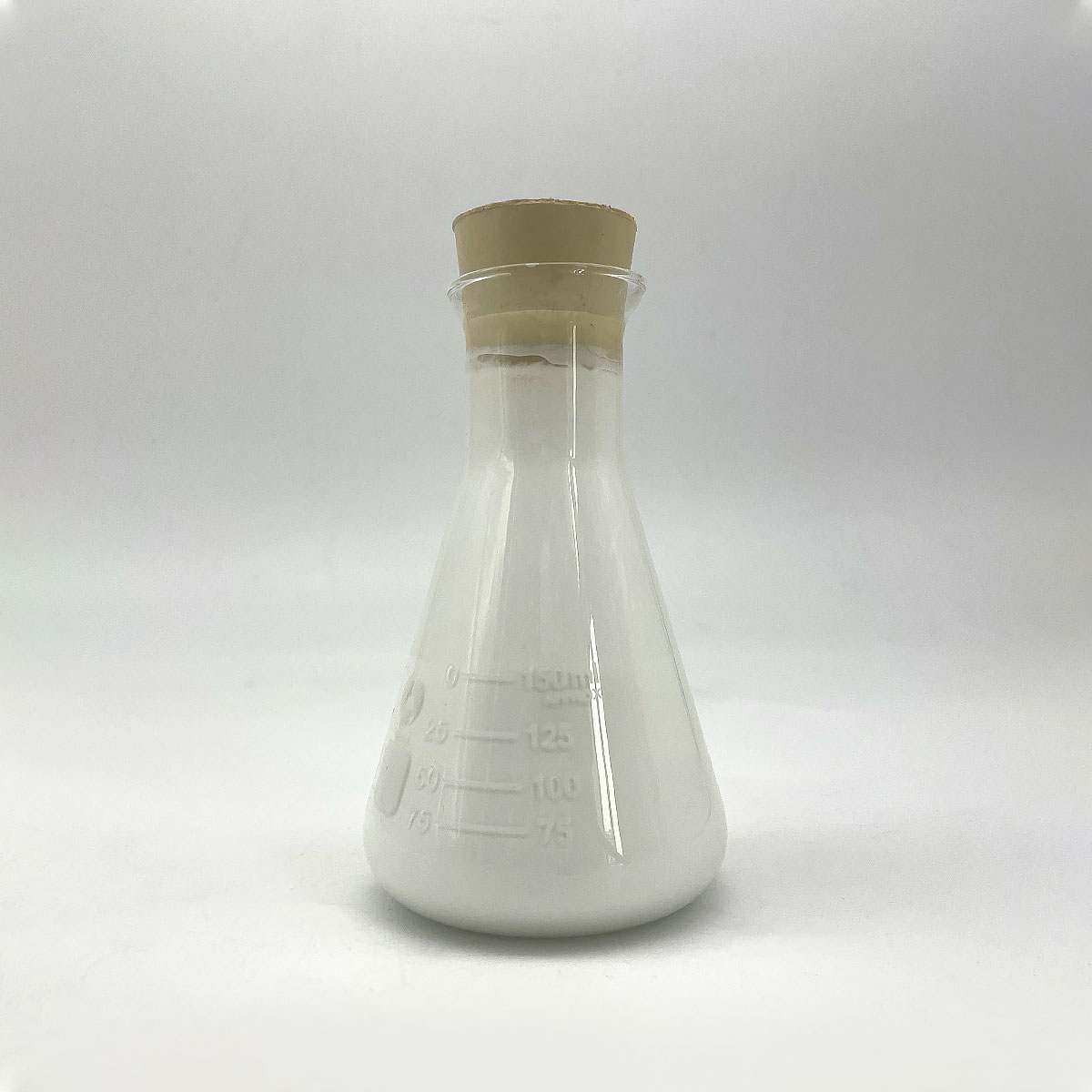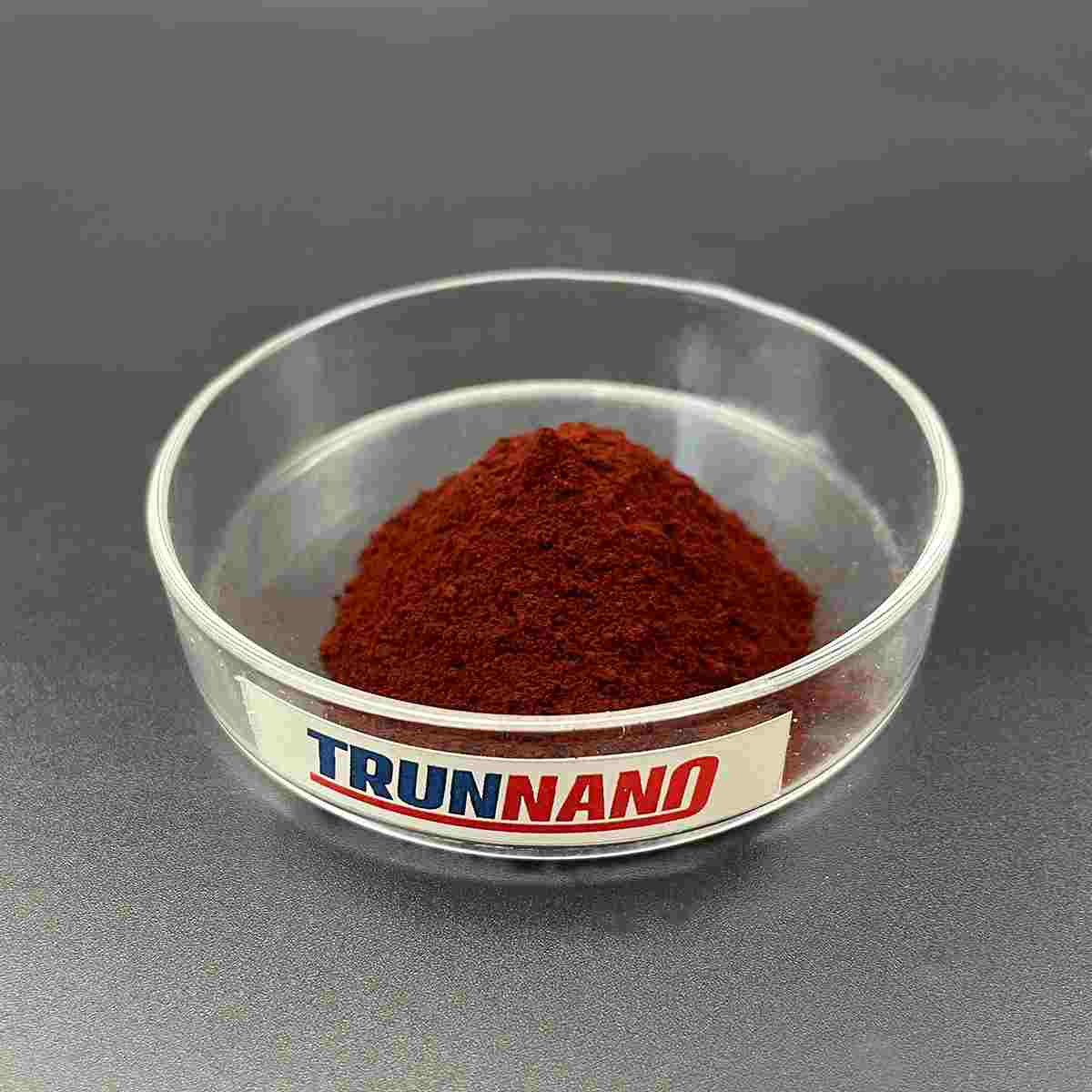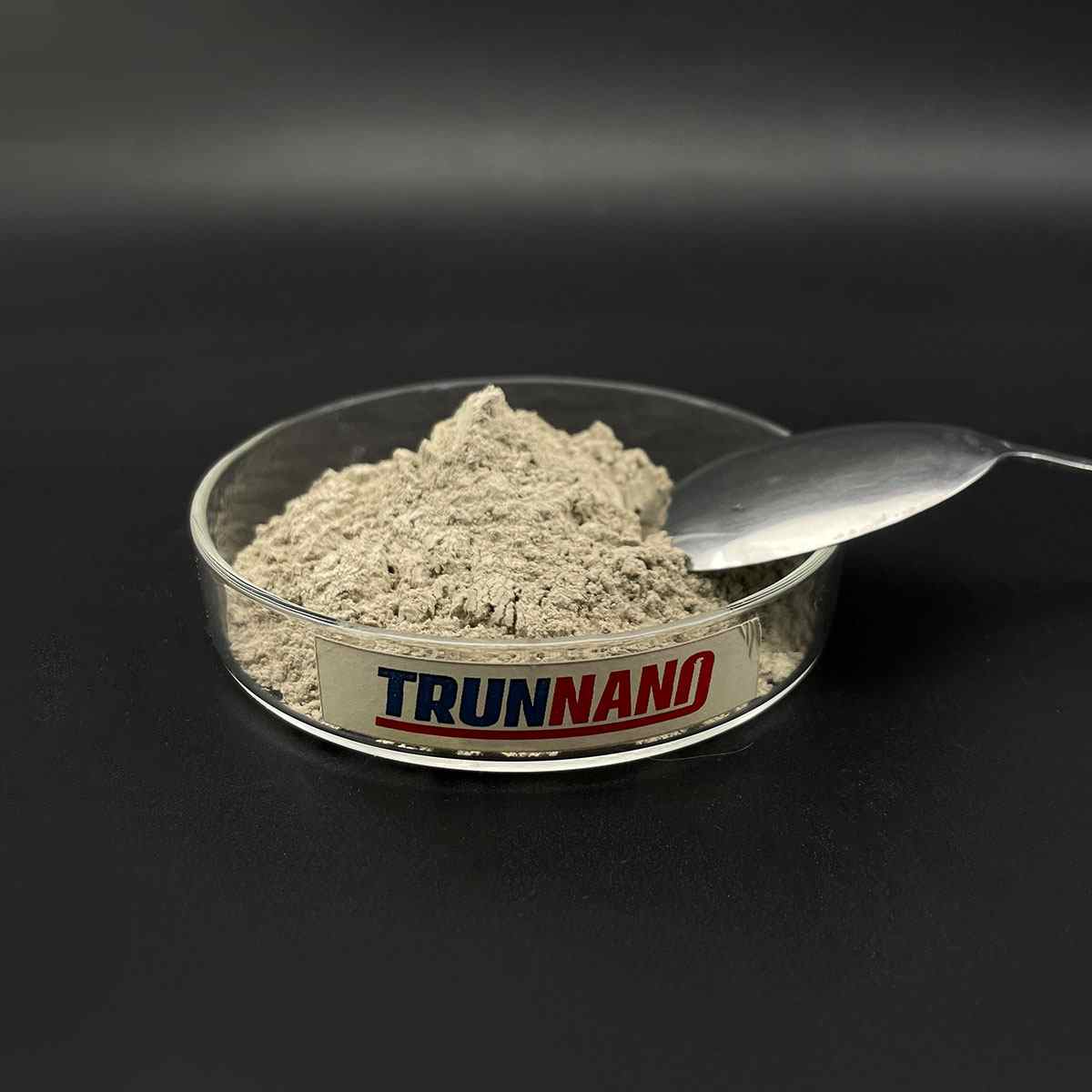Overview of Thermoelectric Materials 99.99% Bismuth Telluride Powder Bi2Te3 Powder
Telluride and selenide compounds play a significant role in the field of semiconductors, particularly in the development of advanced electronic and optoelectronic devices. These materials belong to the chalcogenide family, characterized by their ability to form compounds with elements from groups IV-VI in the periodic table.
Tellurides: Compounds containing tellurium (Te) as the chalcogen. Examples include cadmium telluride (CdTe), mercury telluride (HgTe), and zinc telluride (ZnTe). These materials have found applications in solar cells, infrared detectors, and high-speed electronics due to their tunable bandgap, high electron mobility, and good thermal stability.
Selenides: Similar to tellurides, but with selenium (Se) replacing tellurium. Notable examples are cadmium selenide (CdSe), gallium selenide (GaSe), and zinc selenide (ZnSe). Selenide compounds are widely used in light-emitting diodes (LEDs), laser diodes, and solar cells due to their direct bandgap properties and efficient light absorption/emission capabilities.
Feature of Thermoelectric Materials 99.99% Bismuth Telluride Powder Bi2Te3 Powder
Direct Bandgap: Many telluride and selenide semiconductors have direct bandgaps, which facilitate efficient light emission and absorption processes. This makes them suitable for optoelectronic applications such as LEDs and lasers.
Tunable Bandgap: The bandgap of these materials can be adjusted by alloying or altering the composition (e.g., CdSe to CdTe), enabling customization for specific device requirements across a wide spectrum of wavelengths.
High Electron Mobility: Materials like HgCdTe exhibit high electron mobility, which is crucial for high-speed electronic devices and low-noise detector applications.
Thermal Stability: Some tellurides and selenides, like ZnTe and ZnSe, demonstrate good thermal stability, making them suitable for high-temperature operation and processing.
Non-Toxic Alternatives: With increasing environmental concerns, there’s a push towards exploring less toxic alternatives to commonly used semiconductors. For instance, Cd-based tellurides and selenides are being replaced or combined with less toxic elements like Mg or Mn in some applications.

(Thermoelectric Materials 99.99% Bismuth Telluride Powder Bi2Te3 Powder)
Parameters of Thermoelectric Materials 99.99% Bismuth Telluride Powder Bi2Te3 Powder
Thermoelectric materials, specifically bismuth telluride (Bi2Te3), are a class of compounds that exhibit unique properties enabling them to convert temperature differences into electrical voltage and vice versa. These materials have garnered significant interest due to their potential applications in waste heat recovery, power generation, and electronic cooling systems.
Bismuth telluride powder, with a purity level of 99.99%, is the primary form of this material used in various thermoelectric devices. The high purity ensures minimal impurities that could affect the efficiency of the material. Bi2Te3 is a type of semiconductor, which means it has a bandgap that allows it to conduct electricity when subjected to temperature gradients.
The chemical formula Bi2Te3 represents a combination of two elements, bismuth (Bi) and tellurium (Te), forming a crystal lattice structure. This structure is crucial for its thermoelectric performance, as it determines the material’s ability to convert thermal energy into electrical energy. The layered nature of Bi2Te3, with alternating layers of Bi and Te atoms, contributes to its superior thermoelectric properties.
One of the key parameters of Bi2Te3 powder is its Seebeck coefficient, also known as the thermopower. This value measures the voltage generated per unit temperature difference across the material. A higher Seebeck coefficient indicates better thermoelectric efficiency. Bi2Te3 typically exhibits a relatively high Seebeck coefficient, making it an attractive choice for thermoelectric generators and coolers.
Another essential parameter is the electrical conductivity, which refers to the ease with which electrical current can flow through the material. While thermoelectric materials need to have a certain balance between electrical and thermal conductivity, Bi2Te3 possesses a moderate electrical conductivity, ensuring efficient energy conversion without excessive heat loss.
The thermal conductivity, on the other hand, is the measure of how well the material conducts heat. Lower thermal conductivity is desirable for thermoelectric applications, as it reduces the chances of heat being wasted. Bi2Te3 has a relatively low lattice thermal conductivity, which contributes to its excellent thermoelectric figure of merit (ZT), a dimensionless quantity that quantifies the overall efficiency of a thermoelectric material.
The preparation of Bi2Te3 powder involves complex processes such as melting, refining, and sintering to achieve the desired particle size and morphology. Fine powders enable better contact between grains, enhancing the material’s electrical conductivity and overall thermoelectric performance.
In conclusion, bismuth telluride (Bi2Te3) powder with a purity of 99.99% is a highly sought-after thermoelectric material due to its exceptional thermoelectric properties. Its layered structure, combined with its Seebeck coefficient, electrical conductivity, and thermal conductivity, make it an ideal candidate for various applications, from waste heat recovery to advanced cooling technologies. As research continues to refine processing techniques, the potential for optimizing Bi2Te3’s performance and expanding its utility in the field of thermoelectrics remains immense.

(Thermoelectric Materials 99.99% Bismuth Telluride Powder Bi2Te3 Powder)
FAQ of Semiconductor Materials
Inquiry us






